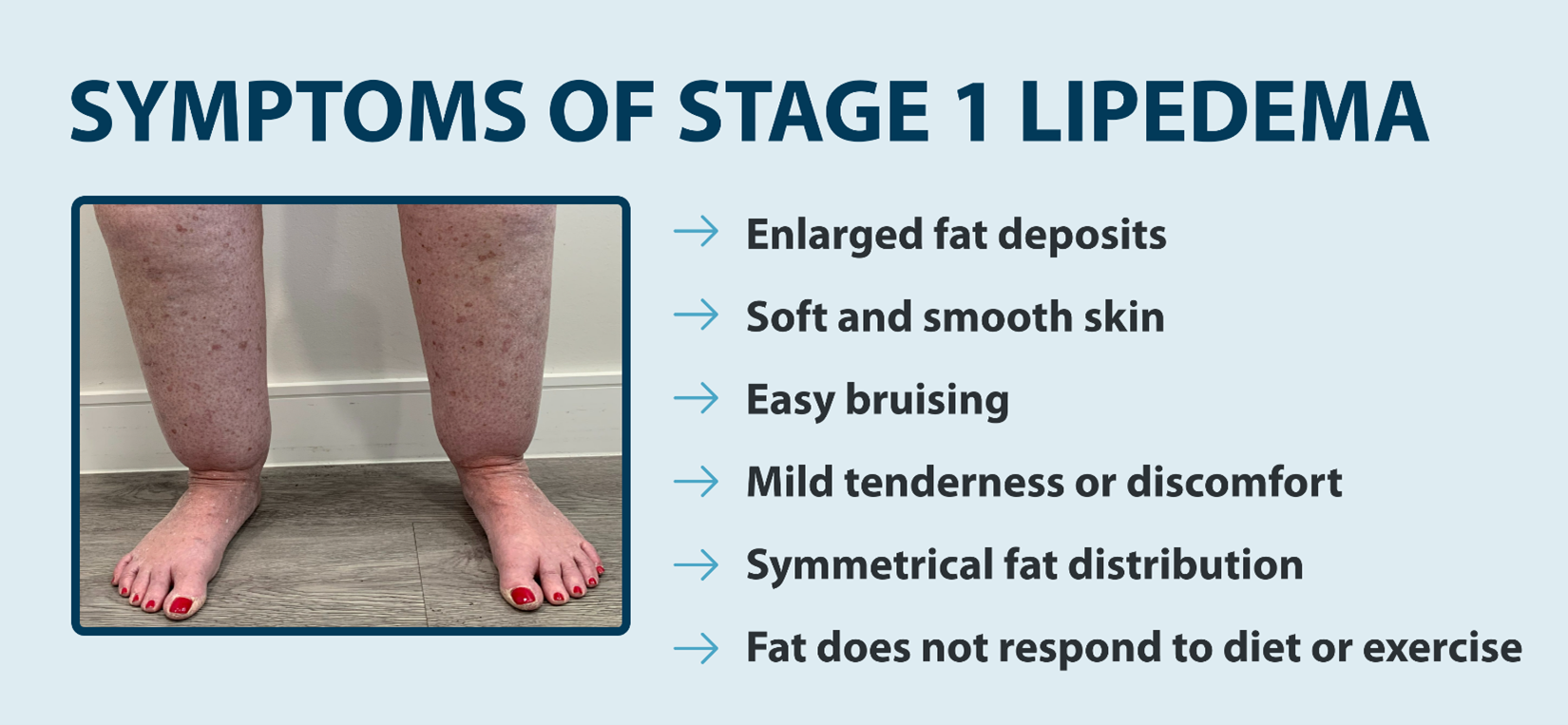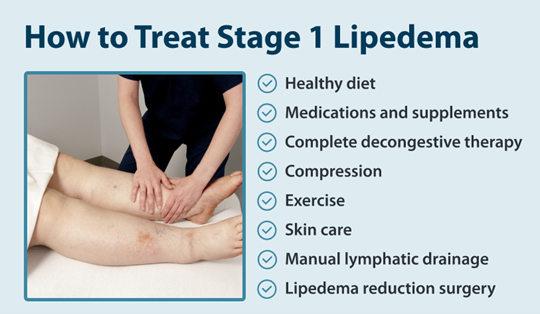What Causes Stage 1 Lipedema?
The exact cause of lipedema remains unclear, despite ongoing research. Rather than a single cause, a combination of factors likely contributes to its development. Current understanding suggests several potential influences.
Genetic predisposition appears significant, with many patients reporting family members with similar symptoms. This suggests that hereditary factors play an important role, though the specific genes have yet to be conclusively identified.
Additionally, hormonal influences seem to correlate with lipedema development, as symptoms typically emerge or worsen during periods of hormonal fluctuations such as puberty, pregnancy, and menopause.3
Knowing what lipedema is important. Despite visible similarities, lipedema differs fundamentally from obesity, but these conditions can coexist. While obesity responds to a caloric deficit through diet and exercise, lipedema fat is resistant to these approaches. The fat distribution in lipedema follows a characteristic pattern, sparing certain areas like feet while affecting others symmetrically.
Lipedema is also different from lymphedema, though the two conditions can coexist. Lymphedema results from lymphatic vessel or node disruption leading to fluid accumulation in the tissues. In contrast, lipedema involves abnormal fat cell development and distribution. However, as lipedema progresses to later stages, it may impair lymphatic function, creating a combined condition.
The differences between lipedema and cellulite also warrant clarification. While both involve subcutaneous fat, cellulite represents a normal variation in how fat connects to the skin, affecting approximately 90% of women to some degree.4 Lipedema, meanwhile, involves abnormal fat cell development and typically causes pain and other systemic symptoms not associated with cellulite.

